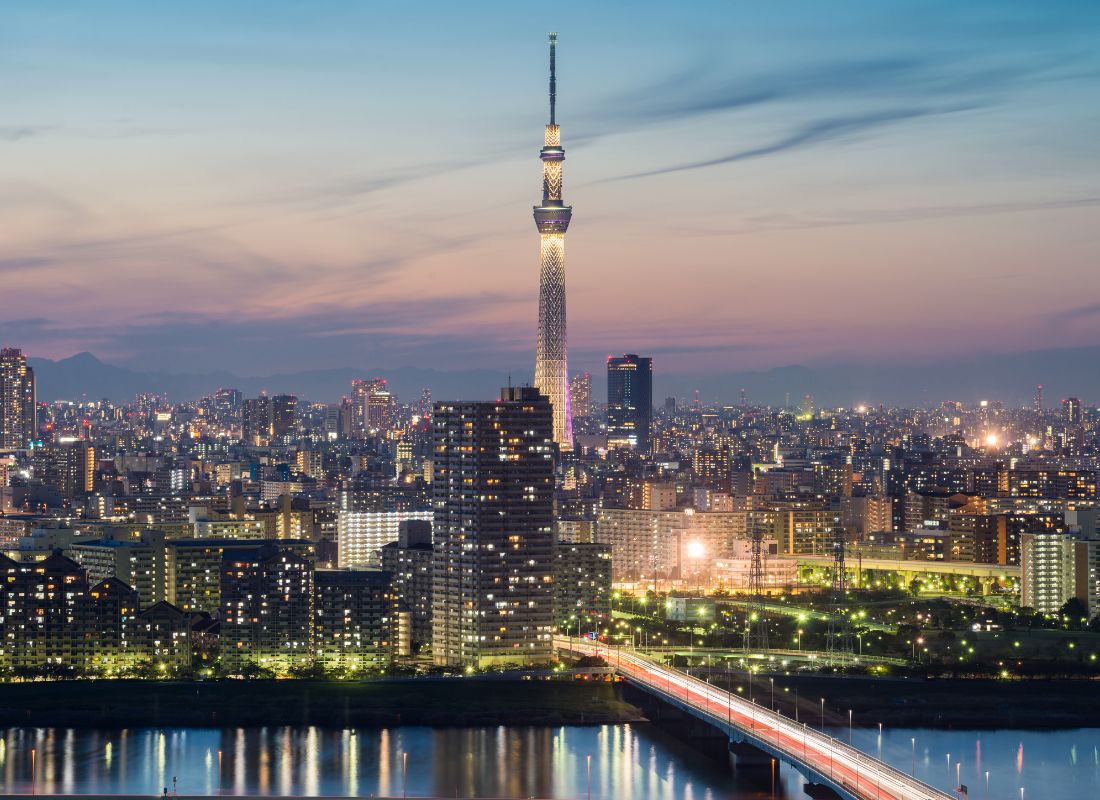Tokyo Skytree, standing tall at a height of 634 meters, is an iconic landmark of Japan’s capital city. It is the tallest structure in Japan and the second tallest in the world.
This architectural marvel offers visitors breathtaking views of the city, a variety of entertainment options, and a chance to learn about the rich history and culture of Tokyo.

In this guide, we will provide you with everything you need to know about the Tokyo Skytree, including its history, how to get there, what to expect, and the key attractions you can enjoy.
History of Tokyo Skytree
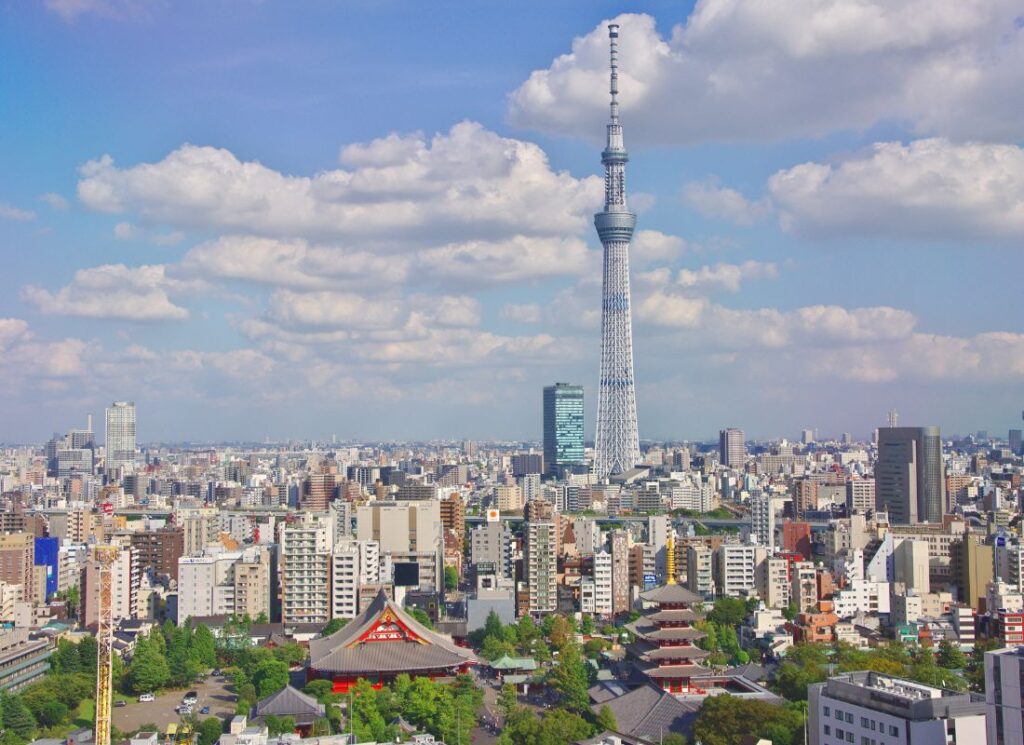
Tokyo Skytree was built in 2012 and is a modern masterpiece of engineering and architecture. It was designed to be a symbol of Tokyo’s rapid growth and its place as a global economic and cultural hub. The construction of Tokyo Skytree took four years and required the work of more than 7000 workers.
How to Get There
Tokyo Skytree is located in the Sumida district of Tokyo and is easily accessible by public transportation. The closest station is Tokyo Skytree Station, which is served by the Tobu Skytree Line and the Tokyo Metro Hanzomon Line (see below for full instructions).
What to Expect

Tokyo Skytree is a popular destination for locals and tourists alike, offering a variety of entertainment options, restaurants, and shopping. Visitors can choose from two observation decks, which offer breathtaking views of the city and surrounding area.
The first observation deck is located at a height of 350 meters and offers 360-degree views of Tokyo. The second observation deck, known as the Tembo Deck, is located at a height of 450 meters and offers even more spectacular views of the city. Visitors can take an elevator to either deck, which takes only 50 seconds to reach the top.
Tokyo Skytree Decks
Tokyo Skytree has two observation decks: the Tembo Deck and the Tembo Galleria.
Tembo Deck
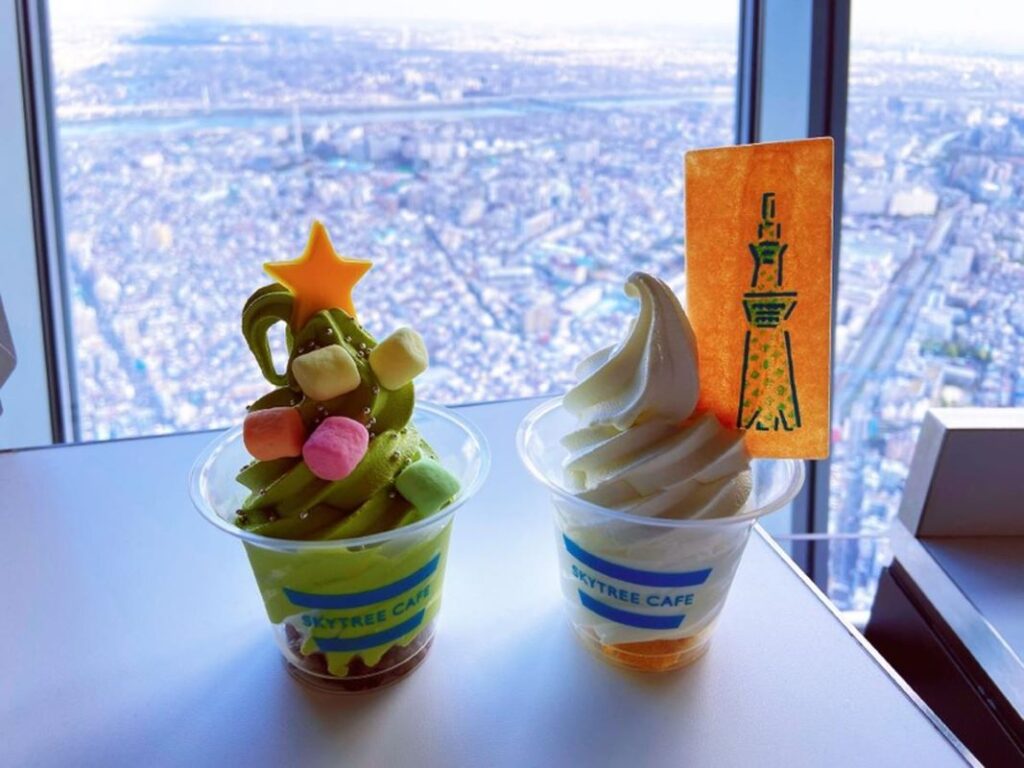
The Tembo Deck is the first observation deck located 350 meters above ground level. It features a large glass floor section where you can look directly down to the ground. From here, you can enjoy panoramic views of Tokyo and its surroundings, including Tokyo Bay, Mount Fuji, and the Tokyo Tower.
In addition to the observation deck, the Tembo Deck also has a café, souvenir shop, and a restaurant serving traditional Japanese cuisine. You can also take part in interactive exhibits and watch short films to learn more about the tower and its construction.
Tembo Galleria
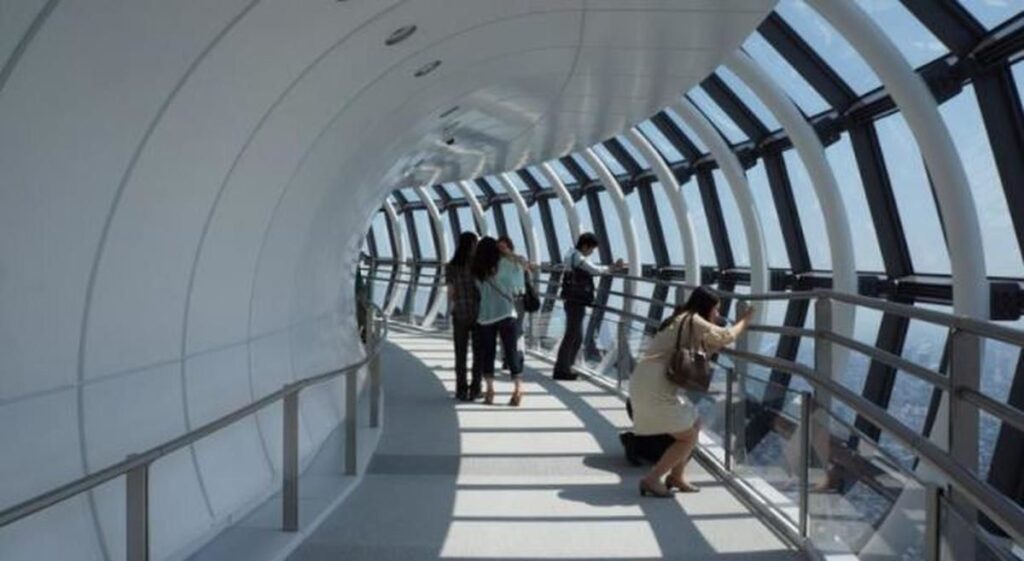
Located on the uppermost level of the tower, the Tembo Galleria is a sloping spiral ramp that leads up to a height of 450 meters. It offers visitors an exhilarating experience, as they are surrounded by a panoramic view of Tokyo’s skyline.
The Tembo Galleria is a great place to enjoy a 360-degree view of the city, as well as to take photos and experience the thrill of being so high above the ground. The spiral ramp is a work of art in itself, with stunning lighting and design features that create an otherworldly atmosphere.
Ticket Prices

There are several ticket options available for visitors to Tokyo Skytree, depending on which deck you wish to visit and the time of day. The following are some of the most popular ticket types:
Tembo Deck Admission Ticket
This ticket allows access to the first observation deck, the Tembo Deck, at a height of 350 meters. The price is 3,100 yen for adults, 2,900 yen for high school students, 2,200 yen for elementary and junior high school students, and 900 yen for children over the age of 3. The ticket also includes entry to the interactive exhibits and short films on the Tembo Deck.
Tembo Deck & Tembo Galleria Admission Ticket

This ticket allows access to both the Tembo Deck and the Tembo Galleria at a height of 450 meters. The price is 4,100 yen for adults, 3,800 yen for high school students, 2,900 yen for elementary and junior high school students, and 1,500 yen for children over the age of 3.
Fast Skytree Ticket
This ticket allows you to skip the lines and go straight to the elevators. The price for the Tembo Deck is 3,700 yen for adults, 3,500 yen for high school students, 2,800 yen for elementary and junior high school students, and 1,500 yen for children over the age of 3. The price for the Tembo Deck and Tembo Galleria is 4,800 yen for adults, 4,500 yen for high school students, 3,800 yen for elementary and junior high school students, and 2,000 yen for children over the age of 3.
Sun & Star Admission Ticket
This ticket allows you to visit the Tembo Deck twice in one day, once during the day and once at night. The price is 4,400 yen for adults, 4,100 yen for high school students, 3,100 yen for elementary and junior high school students, and 1,700 yen for children over the age of 3.
Key Attractions

In addition to the observation decks, Tokyo Skytree offers visitors a variety of attractions and experiences.
One popular attraction is Skytree Town, a large shopping and entertainment complex located at the base of the tower. Here, visitors can find a variety of shops, restaurants, and a planetarium.
Another popular attraction is the Sumida Aquarium, located on the fifth and sixth floors of Tokyo Skytree. This aquarium features a variety of marine life from around the world, as well as a collection of jellyfish.
For those interested in the history and culture of Tokyo, the Skytree,East and West Towers offer interactive exhibits and displays about the city’s past and present.
Useful Tips for Visiting Tokyo Skytree
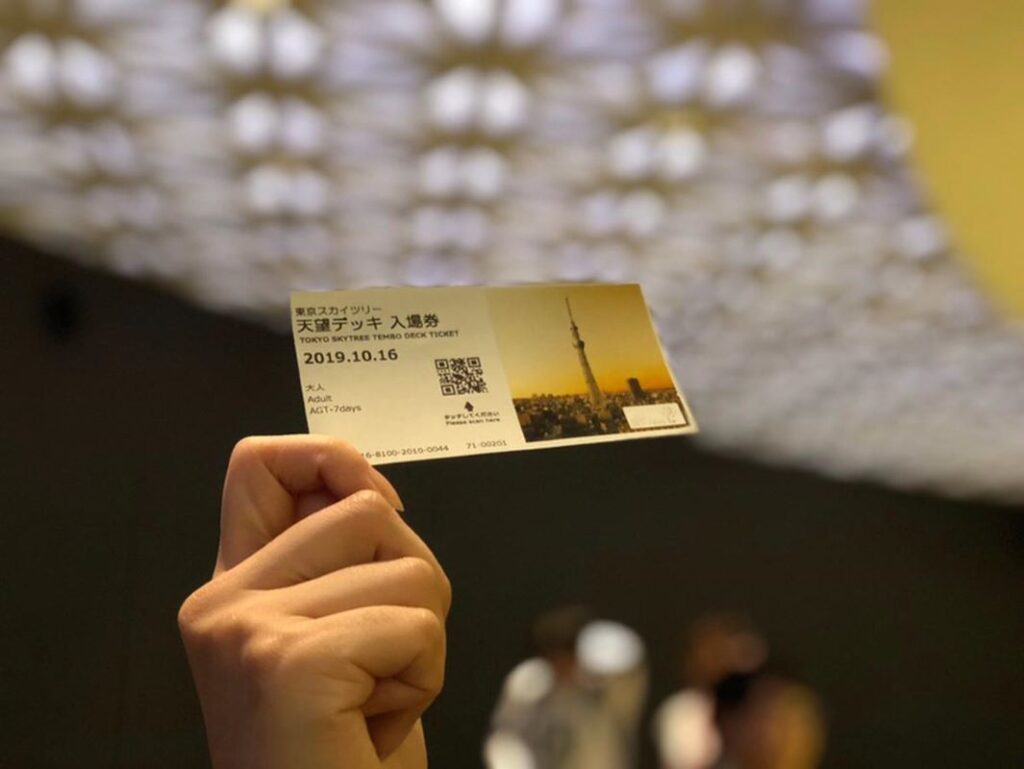
To make the most of your visit to Tokyo Skytree, here are some useful tips to keep in mind:
- Buy tickets in advance to avoid long lines at the entrance.
- Check the weather forecast before visiting, as visibility from the observation decks can be affected by the weather.
- Visit during off-peak hours to avoid crowds and enjoy a more relaxed atmosphere.
- Consider visiting in the evening to enjoy the city lights and a different perspective of Tokyo.
- Make time to explore Skytree Town and its many shopping and dining options.
Interesting Facts About Tokyo Sky Tree
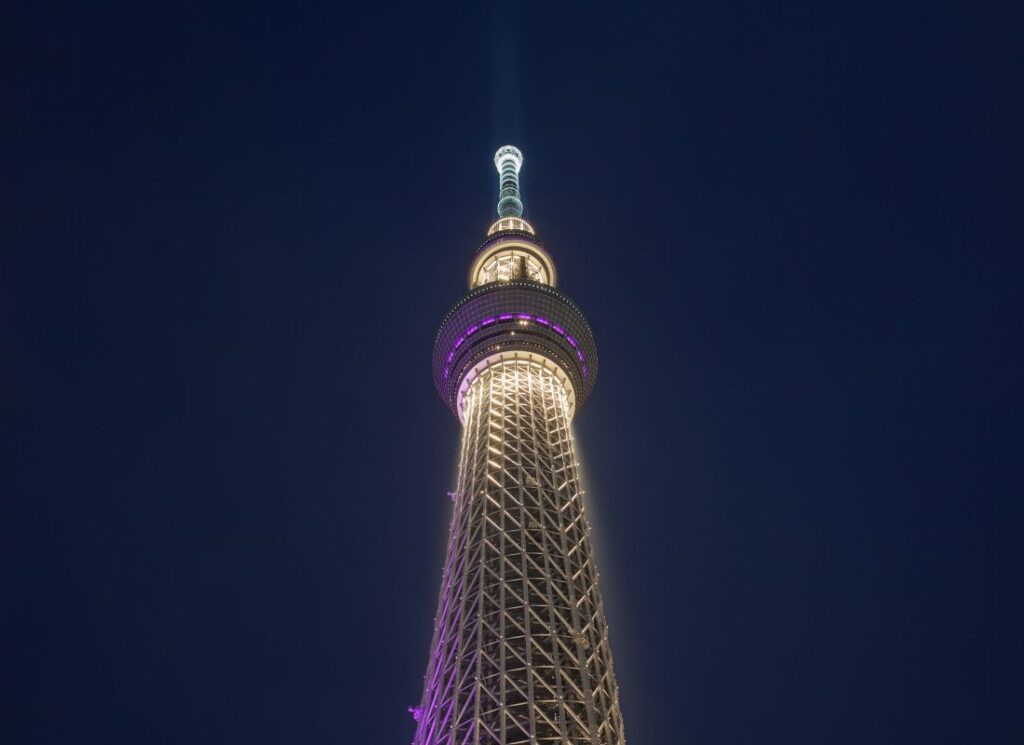
Here are a few interesting facts about Tokyo Sky Tree that you may not know:
- Tokyo Sky Tree is the tallest tower in the world, standing at a height of 634 meters.
- The tower was designed by Nikken Sekkei, a Japanese architectural firm.
- Construction of Tokyo Sky Tree began in 2008 and was completed in 2012.
- The tower is designed to withstand earthquakes and other natural disasters, thanks to a special “shock absorber” system.
- Tokyo Sky Tree is home to a number of television and radio broadcasting stations, as well as observation decks and restaurants.
- The tower is illuminated at night with LED lights, creating a stunning visual display.
- The name “Sky Tree” was chosen to represent the tower’s role as a “tree of dreams” that connects the earth and the sky.
Can I Take Photos Inside?
Yes, photography is allowed at the Tokyo Skytree. Visitors are free to take photos from the observation decks, as well as throughout the complex. However, the use of tripods, monopods, and selfie sticks is not allowed without prior permission. Additionally, it’s important to be mindful of other visitors and not obstruct views while taking photos.
How to Get To The Tokyo SkyTree?

The best way to get to the Tokyo Skytree is by train There are several options available to you depending on where you’re coming from.
From Tokyo Station
The fastest way to get to the Skytree from Tokyo Station is to take the JR Yamanote Line to Kanda Station, and then transfer to the Tokyo Metro Hanzomon Line to Oshiage Station. This trip takes approximately 20 minutes and costs 330 yen.
From Shinjuku Station
If you’re coming from Shinjuku Station, you can take the JR Chuo Line to Kanda Station, and then transfer to the Tokyo Metro Hanzomon Line to Oshiage Station. Alternatively, you can take the Toei Shinjuku Line to Asakusa Station, and then transfer to the Tobu Skytree Line to Tokyo Skytree Station. Both routes take approximately 35-40 minutes and cost 480-500 yen.
From Haneda Airport
If you’re arriving at Haneda Airport, you can take the Tokyo Monorail to Hamamatsucho Station, and then transfer to the Toei Oedo Line to Akabanebashi Station. From there, transfer to the Toei Asakusa Line to Oshiage Station. This trip takes approximately 50-60 minutes and costs 670-720 yen.
From Narita Airport
If you’re arriving at Narita Airport, you can take the Keisei Skyliner to Ueno Station, and then transfer to the Tokyo Metro Hibiya Line to Kita-Senju Station. From there, transfer to the Tokyo Metro Hanzomon Line to Oshiage Station. This trip takes approximately 60-80 minutes and costs 2,670-2,820 yen.
Other options
There are also several bus routes that go directly to the Tokyo Skytree, as well as taxis, however, taking the train is often the fastest and most cost-effective option.
if you are staying in Umeda or Asakusa it is even walkable if you have some energy to spare.
Other Observation Decks In Tokyo
When it comes to choosing an observation deck in Tokyo, there are several great options to choose from. We covered this in our article on the best observation decks in Tokyo but here’s a quick comparison with the main challenges.
Each has its own unique features and views, making it difficult to choose just one, which of course you don’t have to. Why not visit a few and compare for yourself?
Here’s a breakdown of the different observation decks in Tokyo to help you make your decision.
Shibuya Sky
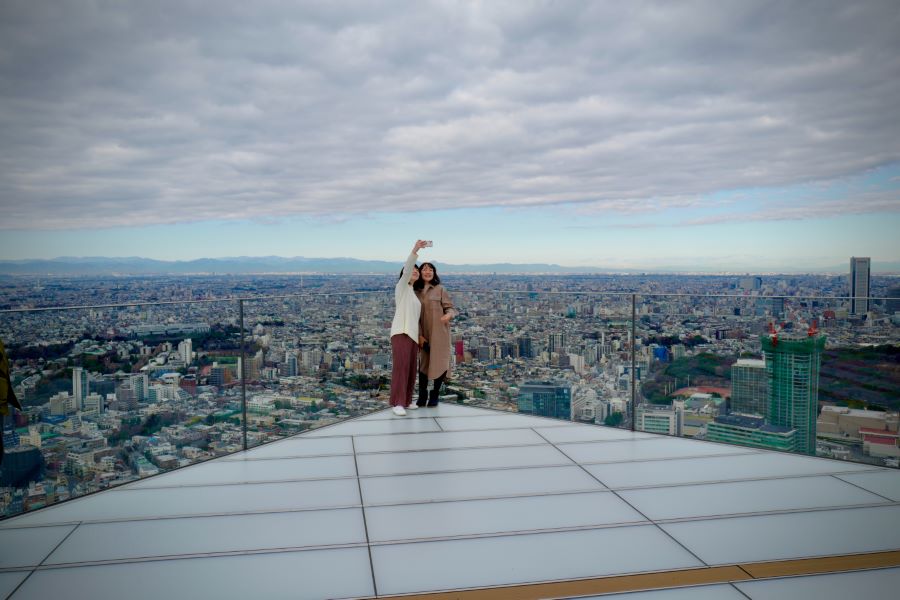
The recently opened Shibuya Sky observation deck is located on the top floors of the Shibuya Scramble Square building. At 230 meters above the ground, it offers a great view of Shibuya and the surrounding areas.
What sets Shibuya Sky apart is its unique glass flooring section, where visitors can look straight down at the street below. There are also a variety of restaurants and shops located on the same floors as the observation deck, making it a great place to stop for a meal or souvenir shopping.
Tokyo City View
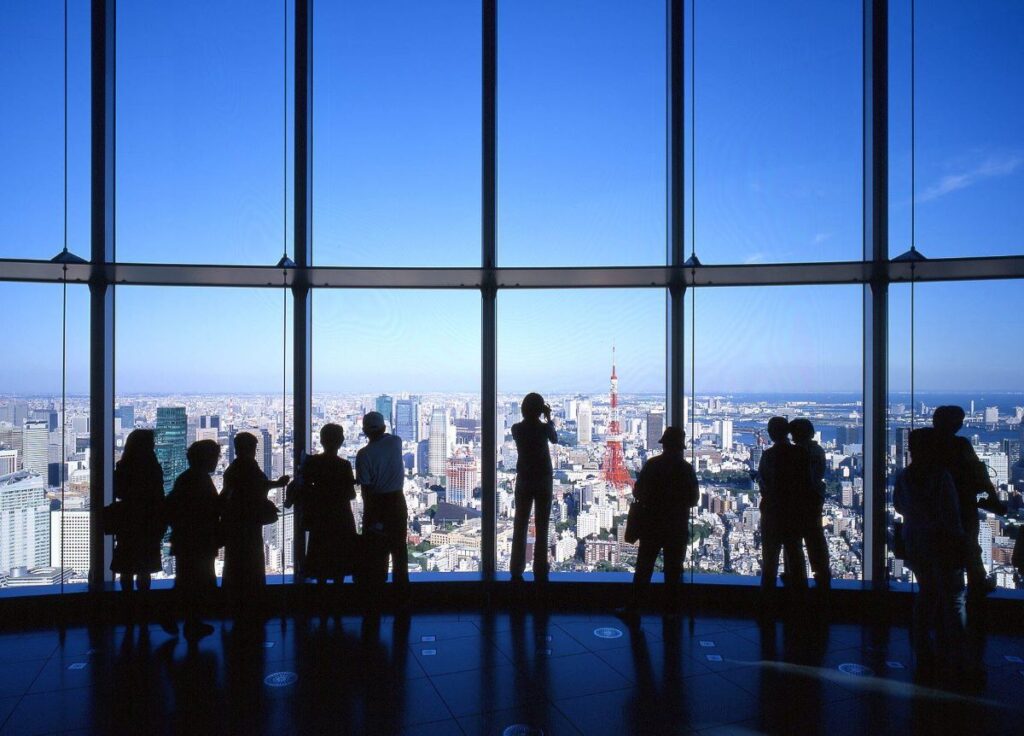
Perched in the Roppongi Hills complex, the Tokyo City View observation deck offers great views of the city from its 52nd floor. You can enjoy a 360-degree view of the city, including Tokyo Tower and the surrounding skyscrapers.
There is also a Sky Deck located on the rooftop for even better views. Tokyo City View is also home to the Mori Art Museum, which features a variety of exhibitions and installations throughout the year.
Tokyo Tower
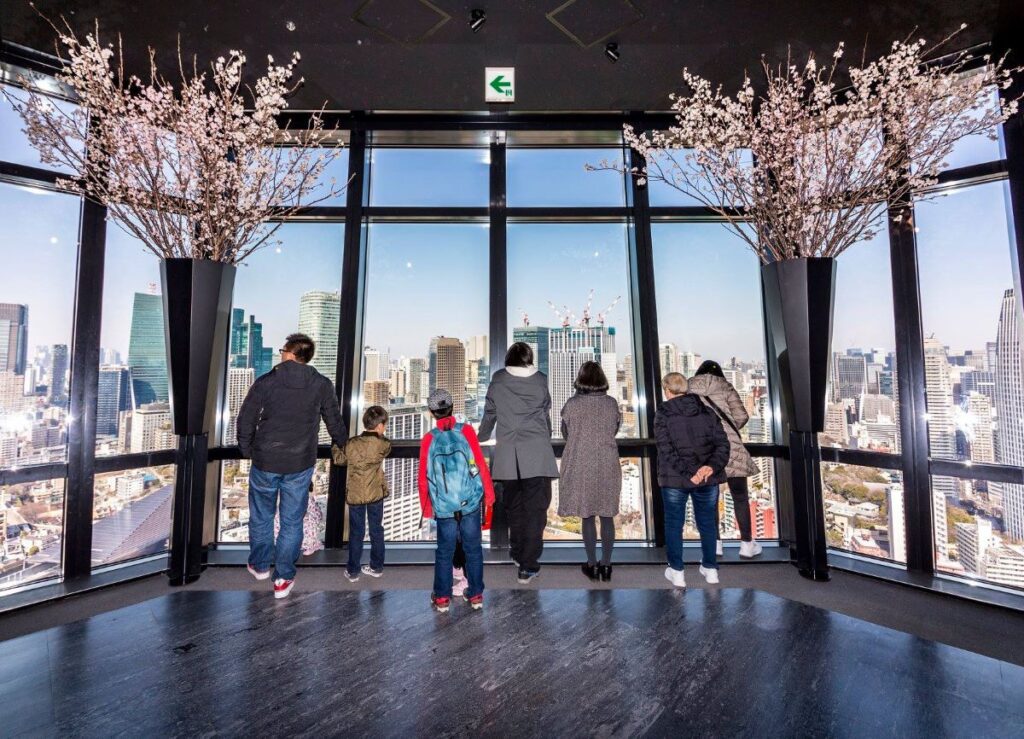
Tokyo Tower is one of the most iconic landmarks in Tokyo, and its observation deck offers great views of the city. The main deck is located at 150 meters, while the top deck is located at 250 meters. Along with the observation decks, Tokyo Tower also has a variety of shops and restaurants located at its base and a wonderful park nearby.
Which observation deck is better?
The answer to this question largely depends on personal preference and what you’re looking for in an observation deck. Here are some key factors to consider:
- Height: If you’re looking for the highest view possible, then the Tokyo Skytree is the clear winner.
- Location: If you’re looking for a view of a specific area, such as Shibuya or Roppongi, then Shibuya Sky or Tokyo City View may be a better choice.
- Features: If you’re looking for unique features, such as a glass floor or rooftop deck, then Shibuya Sky or Tokyo City View may be the way to go.
- Crowds: The Tokyo Skytree tends to be the most crowded of the observation decks, so if you’re looking for a quieter experience, then Tokyo City View or Tokyo Tower may be a better choice.
Ultimately, all of the observation decks in Tokyo offer stunning views of the city, so no matter which one you choose, you’re sure to have an unforgettable experience.
Things To Do Near The Tokyo SkyTree

Beyond the Skytree itself, there are plenty of other things to do and see in the surrounding area. Here are a few ideas, or for more you can check out our in-depth look at things to do in Asakusa which is just a short walk away.
Explore the Traditional Neighborhood of Asakusa
Just a short walk or train ride from the Skytree, Asakusa is a must-visit neighborhood for anyone interested in traditional Japanese culture. Here you’ll find the famous Sensoji Temple, Tokyo’s oldest and most famous temple, as well as the bustling Nakamise shopping street, where you can find all kinds of traditional Japanese souvenirs and street food.
Visit the Sumida Hokusai Museum
If you’re a fan of Japanese art, a visit to the Sumida Hokusai Museum is a must. This museum is dedicated to the life and work of the famous ukiyo-e artist Katsushika Hokusai, best known for his iconic print “The Great Wave off Kanagawa.” Here you can see a variety of Hokusai’s works and learn about the history of ukiyo-e and its influence on modern art.
Stroll Along the Sumida River
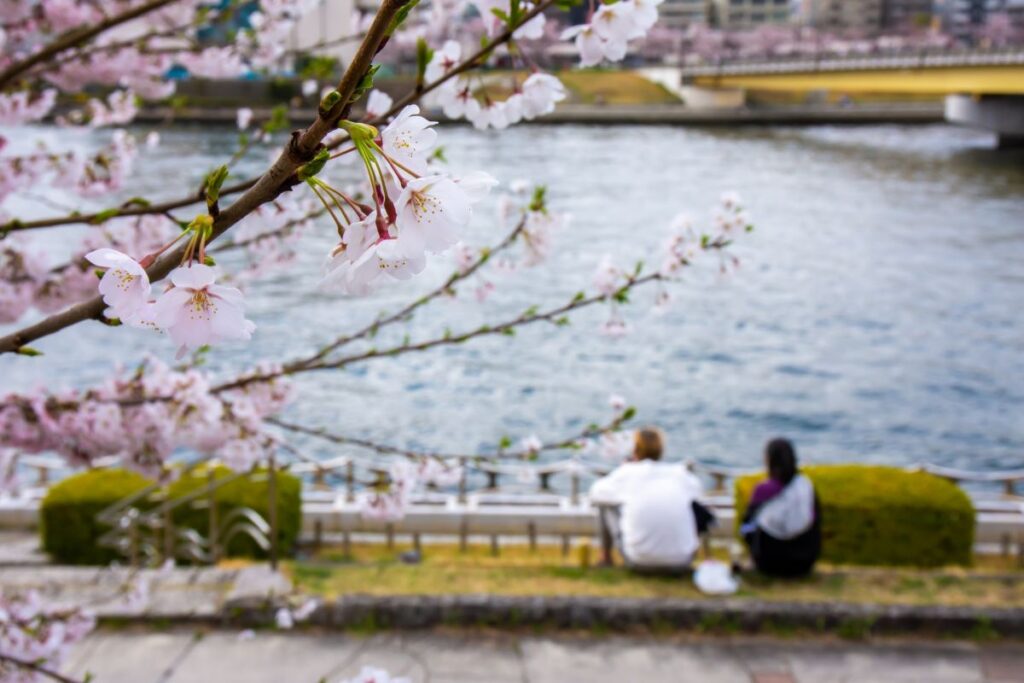
The Sumida River is a beautiful spot for a leisurely walk or bike ride. You can take in the views of the Skytree from a different angle and see some of Tokyo’s most iconic bridges, including the Azuma Bridge and the Sakura Bridge. If you’re lucky, you might even spot some of the traditional yakatabune boats cruising down the river.
Shop and Dine at Solamachi
Located at the base of the Tokyo Skytree, Solamachi is a massive shopping and dining complex with over 300 stores and restaurants. Here you can find everything from souvenirs and clothing to high-end cosmetics and electronics. The complex also features a planetarium, an aquarium, and an indoor theme park, making it a great spot for families.
Visit the Edo-Tokyo Museum
Located just a short train ride from the Skytree, the Edo-Tokyo Museum is a fascinating museum dedicated to the history of Tokyo, from its early days as a fishing village to the bustling metropolis it is today. The museum features a variety of interactive exhibits and displays, including a life-sized replica of the Nihonbashi Bridge and a reconstructed kabuki theater.
Take a Boat Tour of Tokyo Bay

For a different perspective on the city, consider taking a boat tour of Tokyo Bay. You can see some of Tokyo’s most iconic landmarks, including the Rainbow Bridge, Odaiba, and the Tokyo Tower, from the water. Some tours even offer dinner cruises or the chance to see the city skyline lit up at night.
See The Sumida Aquarium
Situated within the Tokyo Skytree Town complex, the Sumida Aquarium is a great attraction to visit after exploring the Skytree. The aquarium features over 10,000 sea creatures across 350 different species, including a popular penguin exhibit and a massive indoor tank with various types of sharks, rays, and fish.
Konica Minolta Planetarium “Tenku”
Also in the Tokyo Skytree Town complex, the Konica Minolta Planetarium “Tenku” offers visitors the chance to explore the wonders of space and astronomy through an immersive planetarium experience. The planetarium features a variety of shows, including those focusing on the night sky, the stars, and even the mysteries of the universe.
The Sum Up
Tokyo Skytree is a must-visit destination for anyone traveling to Japan’s capital city. Whether you’re interested in the stunning views of Tokyo, the rich history and culture of the city, or the many shopping and entertainment options available, Tokyo Skytree has something for everyone. Be sure to add this iconic landmark to your itinerary the next time you visit Tokyo.

